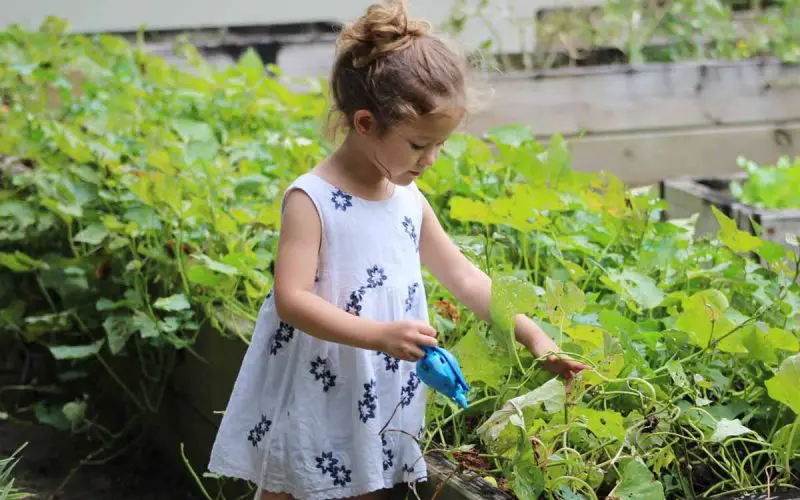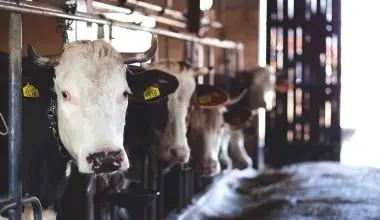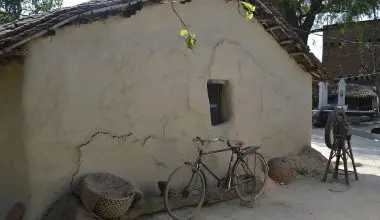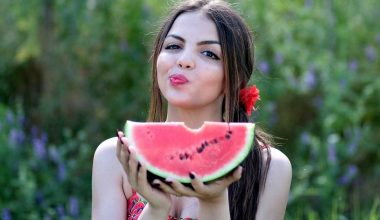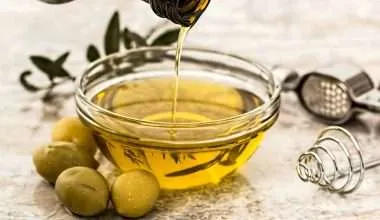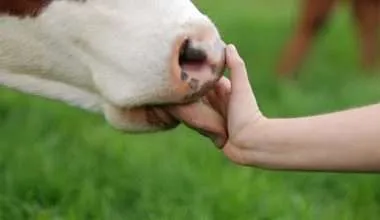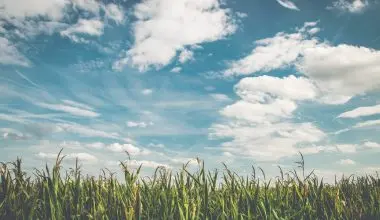Table of Contents Show
As you plan and prepare your garden for springtime, you may not have accounted for your garden’s biodiversity.
Well, you should.
What is Biodiversity?
Biodiversity is the presence of a variety of species in a defined area; in this case, your backyard. We strive to achieve a diverse number of species on earth.
In case of your garden, we can increase biodiversity by choosing to incorporate native species, promote pollination and diversify different types of organisms. These small choices will definitely revolutionize your garden for the better!
It may seem a lot of work, but nature does most of the heavy-lifting here. Small choices like these can make all the difference in this world. You might even unknowingly save native endangered species from extinction by providing them a suitable habitat.
Why is Biodiversity Important for your Garden?
Without sufficient biodiversity, we are at high risk of losing species of animals, plants, and trees forever.
Biodiversity ensures that a mix of trees is releasing sufficient amount of oxygen in the air and simultaneously cleansing the air. It aims to provide provision of food to thousands of pollinating insects like butterflies and bees.
Before you run away from giving these insects a home; you should know that these pollinators are responsible for turning apples or pear blossoms into fruit. No Pollination, No fruit!
Having good biodiversity also ensures that there are enough birds to eat insects which over-eat your crops. Additionally, there are many animals such as deer, mice, and squirrels that will help in distribution of seeds to reap new forests.
This develops a complete food-web around your garden!
This is good, because high biodiversity gives your garden resilience.
Effects of Biodiversity Loss
What happens if we go on to lose biodiversity?
The US is losing a chunk of its biodiversity as we speak. This is largely due to increase in population on the countryside and urban development of the suburban environment.
We’ve lost over 60% of world’s species in last 60 years!
1. Soil Erosion
For development of suburban areas trees have to be cut down. Soil which was once covered with grass and vegetation is now devoid of it and instead covered by houses.
Chemicals and soil runoff may pollute streams nearby, affecting the quality of fish. Additionally, urban development takes its toll on air quality in the area.
The development of suburban areas means that there will be habitat destruction for every animal that has lived in the wetlands, woods, and feeds. Areas with high levels of human population tend to cause habitat fragmentation and entirely change land ecology (for worse).
2. Species Endangerment and Extinction
Habitat loss can be seen as the biggest threat to biodiversity around the world. It is said that most of the species that go on to face extinction (reduced biodiversity), do so because of habitat loss.
We’ve lost over 60% of world’s species in last 60 years!
3. Loss of Native Plant Species
Various cultural adaptations of people are also to be blamed for the loss of biodiversity. Lawns and gardens now have styles which are geared more toward aesthetics for residents rather than natural systems. This will have a negative impact on biodiversity.
Green grass is the most commonly identifiable plant on American soils. You’ll find it almost everywhere!
However, you’d be surprised to know that common species of Green grass is not native to many regions of the United States. Most of the lawns and gardens in suburban areas are filled with various non-native plant species.
Although they may look beautiful, they can significantly affect your region’s biodiversity. Other native species replaced by green grass will go extinct as people stop planting them.
4. No Food for Animals – Endangerment
If plants are not native, the wildlife will not be able to eat them, making them potentially endangered as they have lost food source. It also affects the wildlife’s function on the ecosystems.
For instance, butterflies are pollinators but they can’t pollinate every species of plant. If a garden lacks plants that can help in pollination, they will not be able to contribute to production of fruits.
As pollination is an integral part of food production for animals, they may end up dead. Therefore it can be said that biodiversity in a garden is just as important as anywhere else on the planet.
Solutions to Improve Backyard Biodiversity
How can you bring back lost biodiversity in your garden?
The good news is that humans can still be able to replenish the lost biodiversity. You can do it in your backyard or garden that you own, which can become home to various wildlife and plant species.
There are three major ways to promote biodiversity in your garden:
1. Grow Native Plants in your Garden
As we discussed, growing native plants in your garden is essential to fostering biodiversity. They help to control soil erosion.
With adapted deep roots, native plants keep the soil in place and safe from potential runoff/erosion. As you incorporate more and more native plants in your garden, you will also see wildlife flourishing along with it.
If you choose to plan a major landscaping project, hydroseeding should be done to prevent soil erosion. By reintroduction of native plants into your garden, you will allow your local environment to thrive once again.
2. Promote Nature over Aesthetics
Choose to design a yard that will promote growth of natural grasses and plants. These help in improving backyard biodiversity. This will not always look aesthetically pleasing (you may not seem to enjoy the look of a yard).
If that’s the case, choose to plant some spaced-out native flowering plants on the edges of your garden with native grass in the center. This will give your whole garden a better appearance.
It’s more beneficial if your lawn has a mixture of clovers or dandelions. Allow them to grow without using any chemicals such as herbicides to remove them. They definitely shape up your garden’s beauty.
3. Conservation of Water
Native grasses and plants flourish in their native regions without the need for additional water. If your region has low water tables, native plants are adapted to it.
They’ve always lived there! They know what it’s like.
And they’ve learned how to deal with it over the years. This is why they’re called ‘native’, because they’re specifically adapted to your region.
Let me give you an example (you can skip ahead if you like). Only you know best where to get water around your home. 9 out of 10 times if a guest wants to drink water or eat a snack, they’ll ask you where to get it. Because only you are best adapted to your home!
Growing native plants aids in conservation of water because you don’t have to water them. Water conservation is crucial for overall health of the environment.
If you grow roses in an arid climate, you will need to use more water. However, planting roses in temperate regions with good rainfall allows water to be conserved as native flowers will be able to gain water from other external sources.
This doesn’t mean you can’t grow flowers in your garden, it just means you need to find flowering plants native to your area. Just make sure to avoid these critically endangered flowers.
You can also choose to design your garden in such a way that it has stones or woodchip paths and walkways. This will reduce water loss by evaporation as you reduce the size of your garden. Additionally, this means lesser area to water.
4. Add an Open Water Source
Adding an open source of water like a pond, fountain or a bird feeder will help attract insects, birds, and small mammals onto your garden.
If you have adequate space and the resources to make a pond in your backyard; you can also choose to add some aquatic plants, turtles, fishes, and frogs in there.
This will further enhance biodiversity and help in attracting more species onto your backyard. Some of them could even be keystone species! These will bring further biodiversity along.
5. Attract Insects and Pollinators
The amount of benefits and importance of insects is significantly higher than the mythical concerns regarding potentially harmful effects of these insects.
A diverse population of insects will provide a better natural balance to your garden and help to prevent a single species from becoming too dominant in the backyard.
Even the presence of insect pests won’t cause any harm to your plants. Pest insects are the predators and parasites of the insects in your garden.
6. Use Natural Fertilizers
Instead of purchasing artificial and liquid fertilizers, try to opt for organic alternatives like peat, manure, and homemade compost.
These products are essential, and provide all the necessary nutrients needed for proper plant growth in your backyard.
7. No More Synthetic Pesticides or Harsh Chemicals
Synthetic pesticides are highly toxic to humans.
Other than the obvious danger it possess from direct contact, these chemicals can also be washed off by rain and water used for irrigation.
Eventually these chemicals end up in waterways; causing havoc amongst aquatic organisms, killing fishes, and algae.
Natural pest control methods should be employed in small backyards rather than the use of synthetic chemicals.
These natural methods include manual removal of pests, good maintenance habits, addition of beneficial plants, and insects and birds.
You are the master of your garden which can act as a great tool to improve biodiversity. Your garden is filled with potential, waiting to be utilized just follow some of our steps that can help in increasing/promoting biodiversity in your region.
Every little step (towards biodiversity) matters more than you think!
